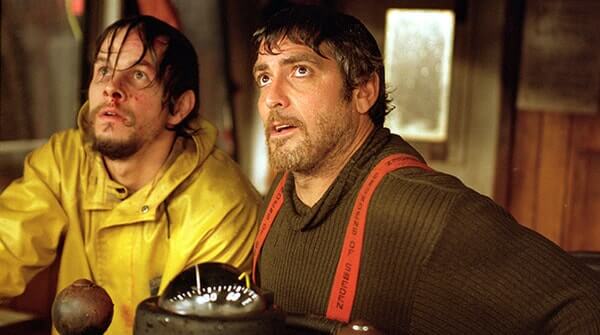The true story of a 70-foot longliner Andrea Gail – lost off Canada’s Grand Banks on October 29, 1991 – is told in the movie ‘Perfect Storm.’
The vessel was on day 40 of an extended commercial sword-fishing trip when three shockingly brutal storms converged on their position. The National Weather Bureau could not warn the crew of the storm’s magnitude. Data buoys indicated waves 30 metres high as the boat was hit with winds measuring 80 knots, or 150 kph.
Andrea Gail’s captain, Billy Tyne, radioed to area fishermen – “She’s coming on boys, and she’s coming on strong.”
Tragically the crew of six young men in their twenties and thirties never made it home, leaving behind families and a small town in mourning.
The Andrea Gail’s emergency beacon washed ashore off the coast of Nova Scotia, but the boat was never found.
‘Perfect storm’ conditions also collide with cultures. That’s evident by taking just a cursory glance at history. Threatening trends arise incrementally – sinister forces that culminate in a ‘tipping point’ to unleash explosive storms which impact not just nations, but the whole world.
Maybe the current heaving layers of global sociological disorder and evil sweeping the planet point to an imminent convergence of a ‘perfect storm’ in our time? I wonder.
I’ve visited the Palace of Versailles near Paris. This residence of the French “Louis” kings was the pinnacle of European royal elegance. To me, its sheer opulence offered partial explanation for the boil-over that triggered the French Revolution from 1789-1799.
A ‘perfect storm’ of factors had accumulated, inflaming and propelling French society towards revolt after years of inequality, feudal oppression and brutal taxes. The populace rose up, fuelling the trial and execution of Louis XVI on the grounds of treason in 1793.
It’s claimed a galvanising factor for the French Revolution was the American War of Independence (1775-1783). It signalled to the French people that revolt could be successful – even against a major military power such as England, whose strangling lack of empathy and understanding of the American population was a ‘perfect storm’ in itself.
The British Empire’s staunch, colonial domination provided the motivation to rebel.
Another movie brought tears to my eyes this week – the true account of a different type of ‘revolution’. One that occurred in my late teenage years. “The Jesus Revolution”, showing in cinemas, features turbulent ‘perfect storm’ events preceding a revolutionary period of time from the mid 1960’s to early 1970’s when tens of thousands of young people in the US found life’s meaning and purpose in a personal relationship with Jesus – and it spread worldwide.
Time Magazine’s cover story in June 1971 portrayed this ‘revolution’ exceptionally well.
With civil rights and Vietnam War protests raging, the free-love, drug culture of the hippy movement disenchanted with society’s hypocrisy and materialism desperately searched for truth. It led to a transformed younger generation coming out of darkness into light as they found reality in Jesus.
A song of the day described this as “a loving revelation, not a violent revolution…” Having endured ‘perfect storm’ conditions, it heralds hope for a grace-filled ‘revolution’ in our day.










